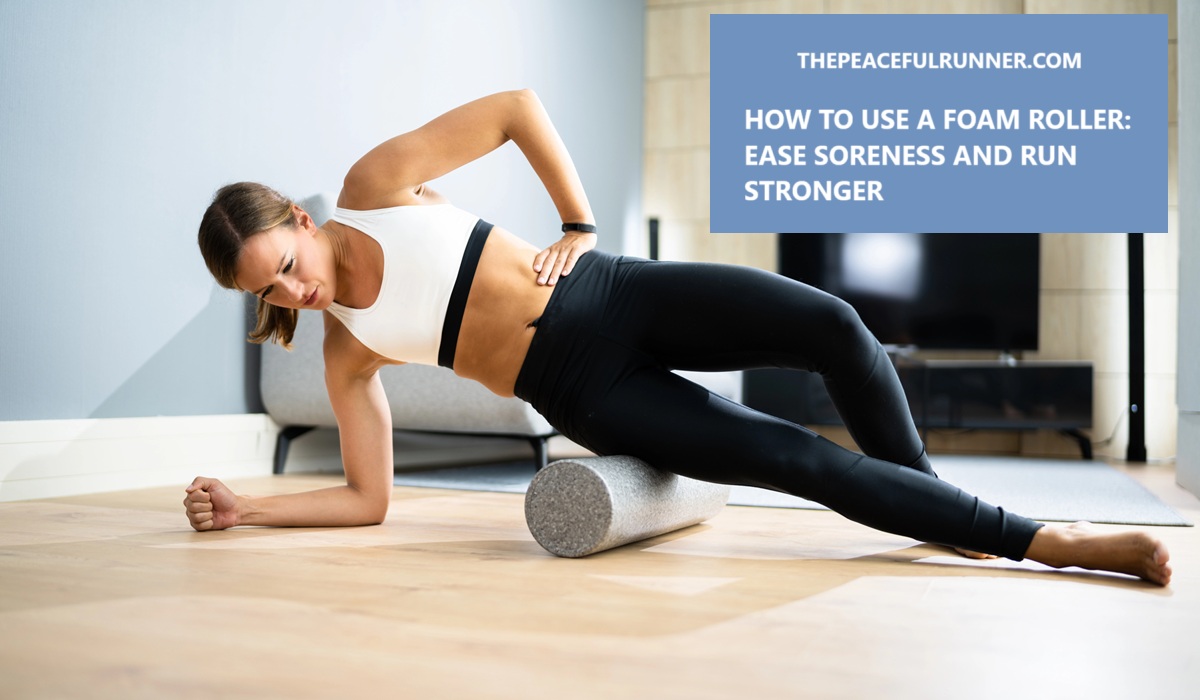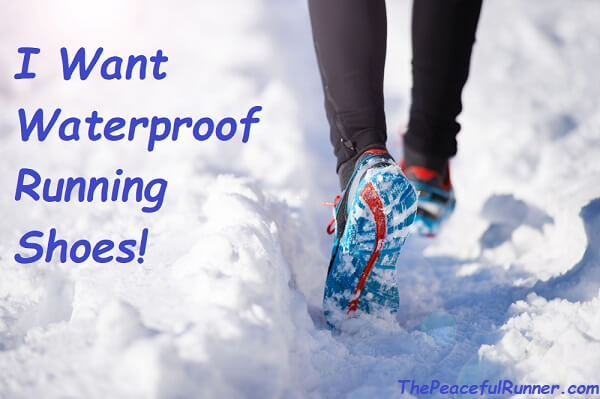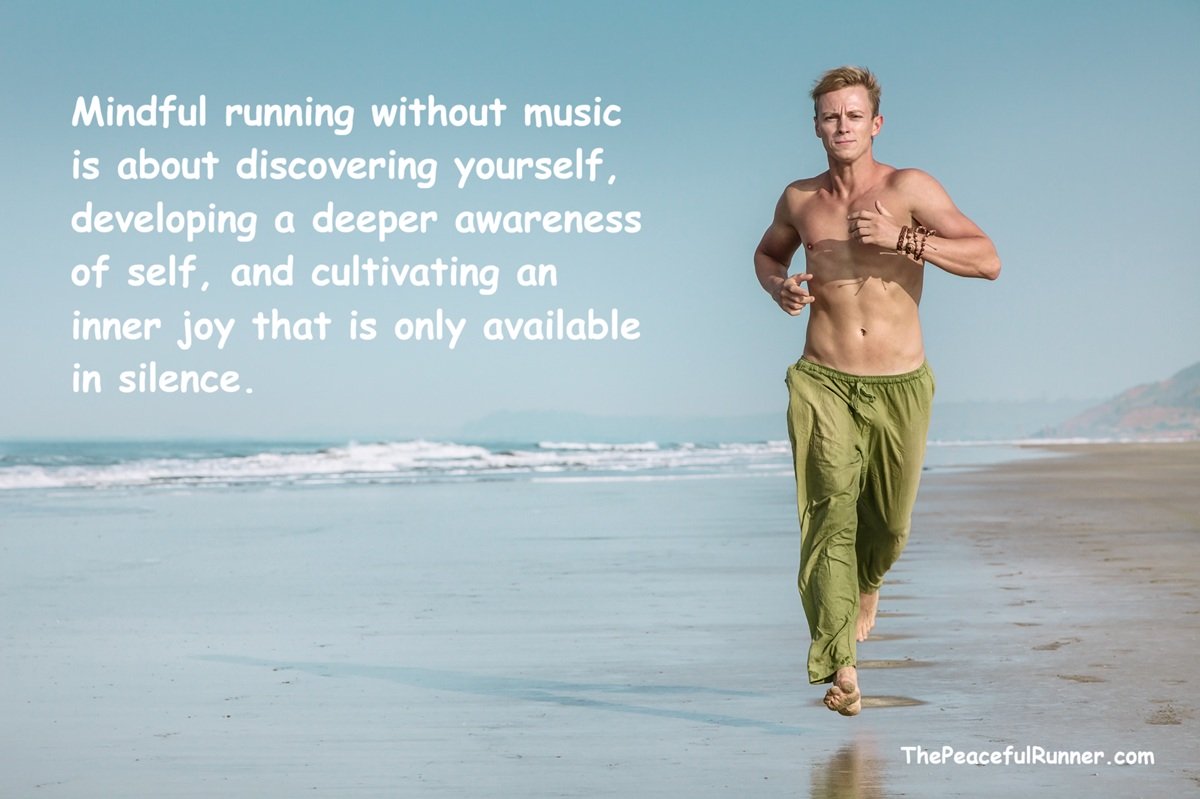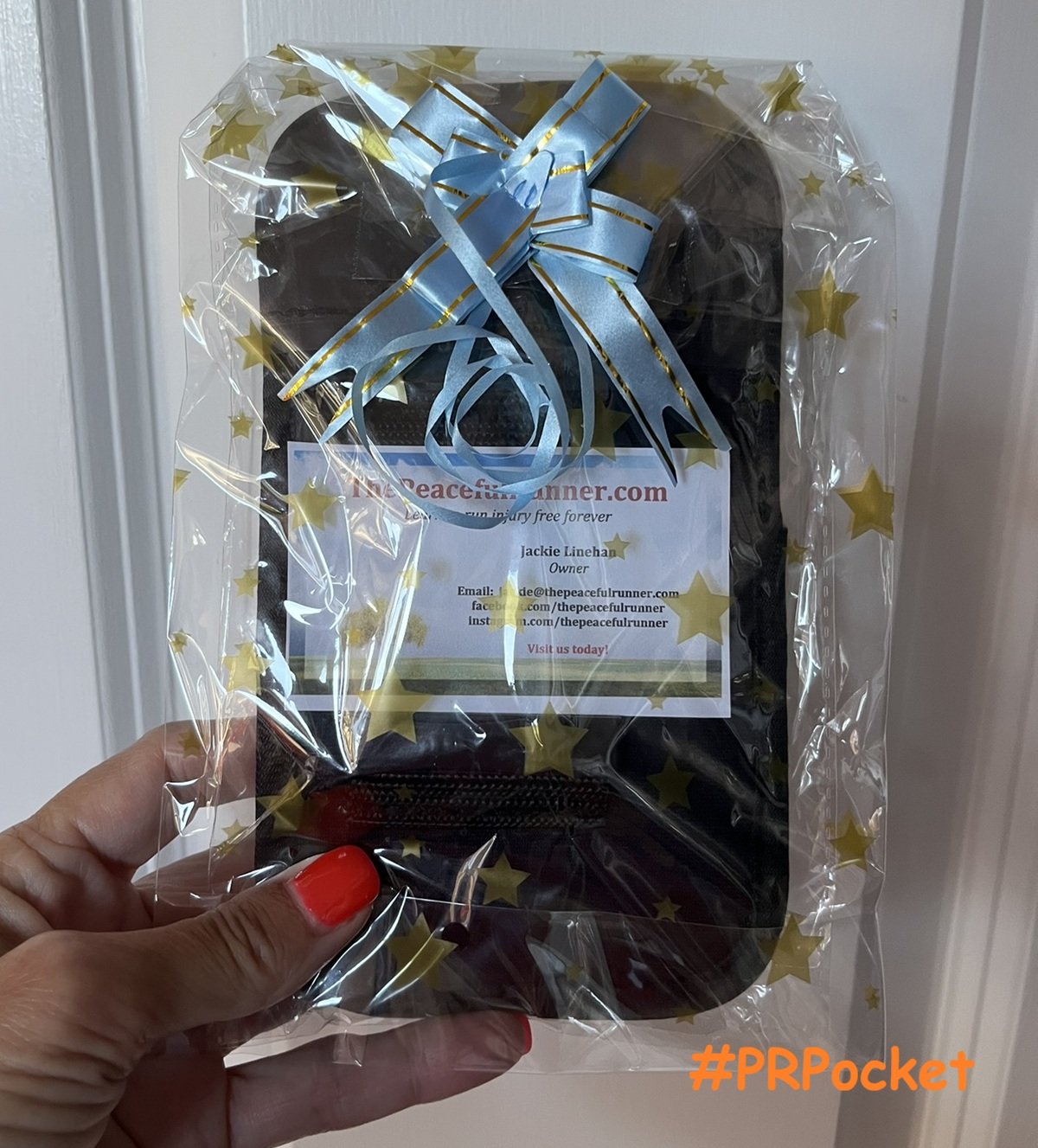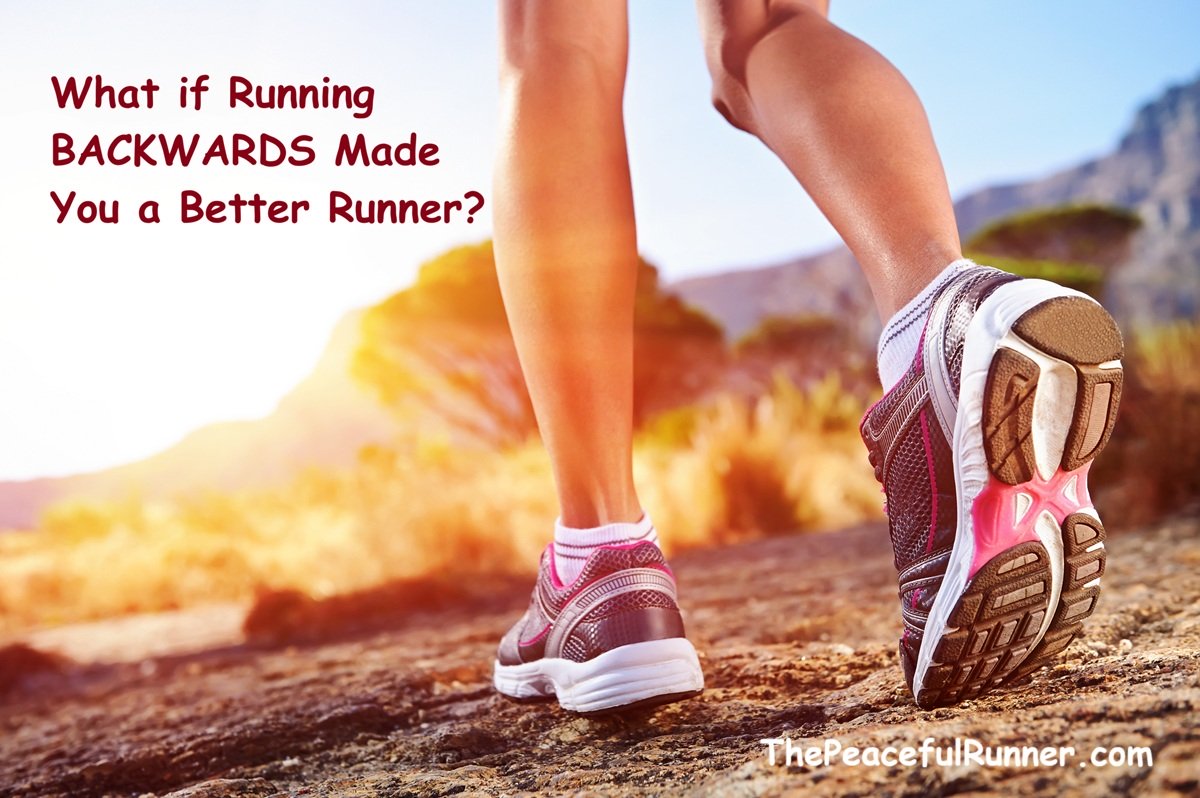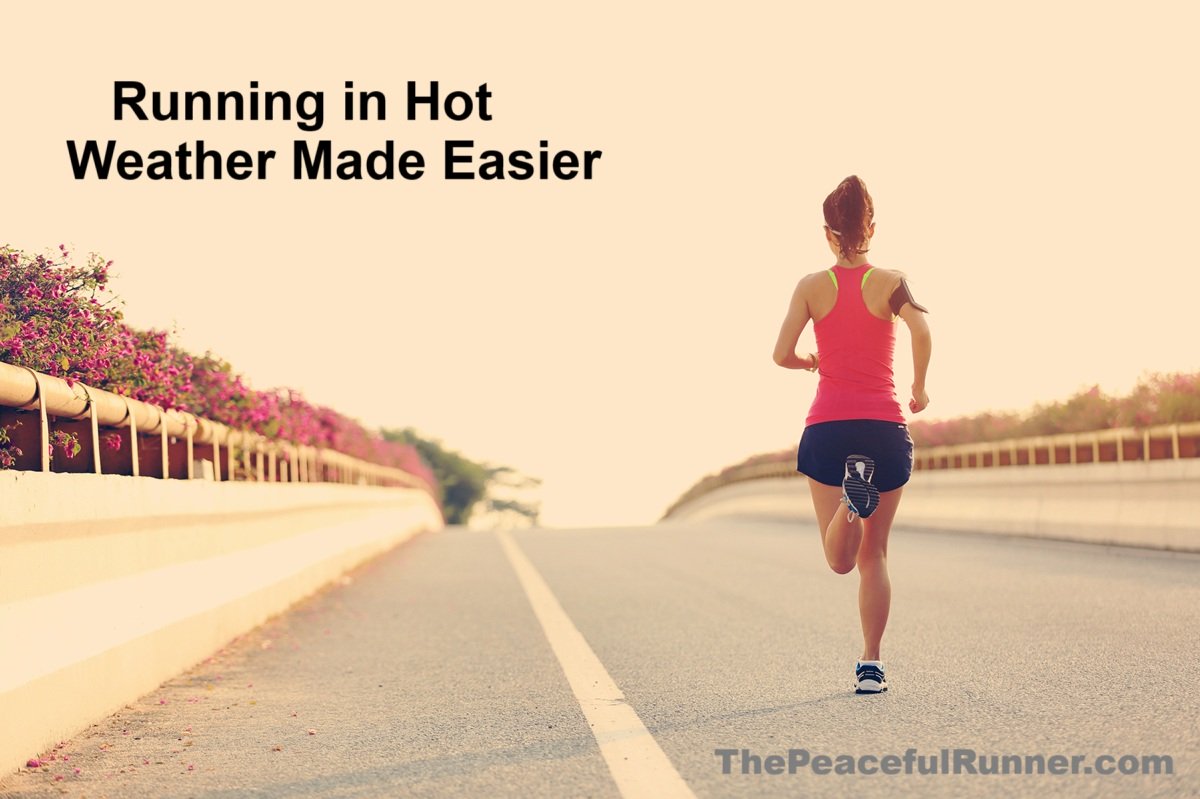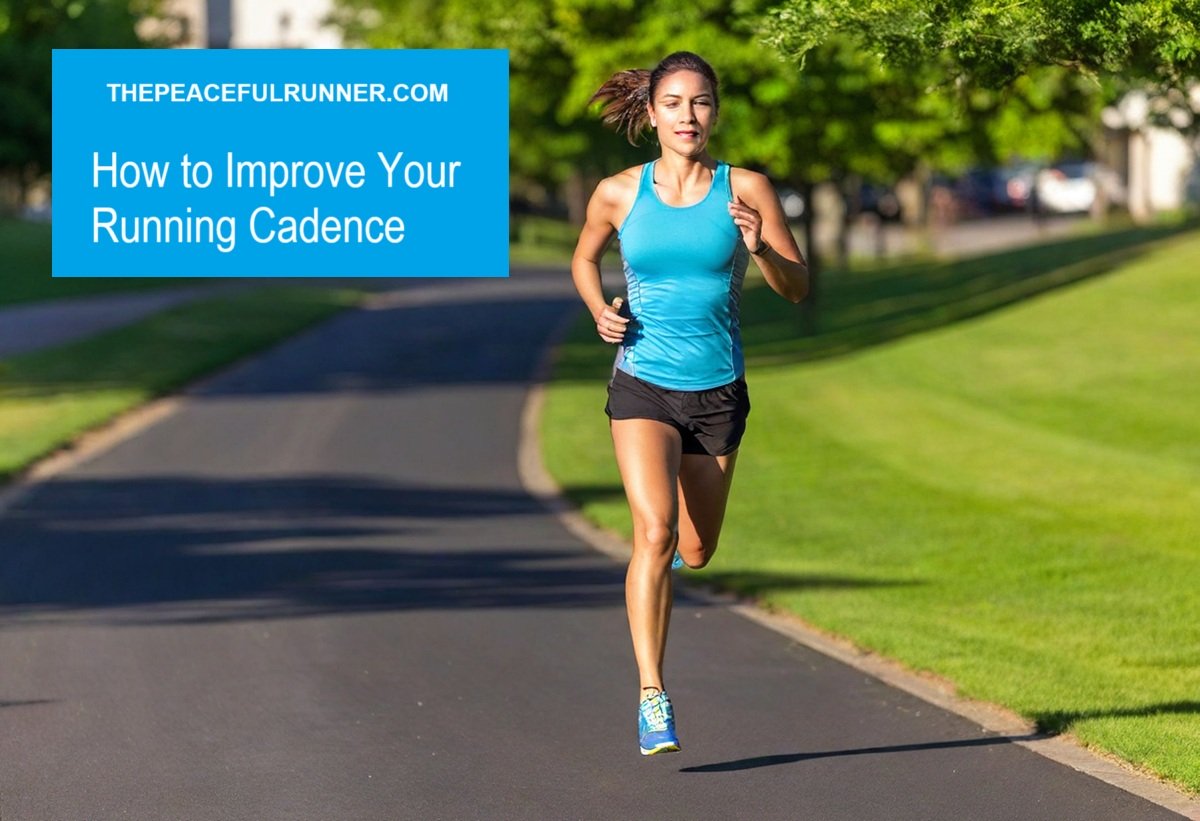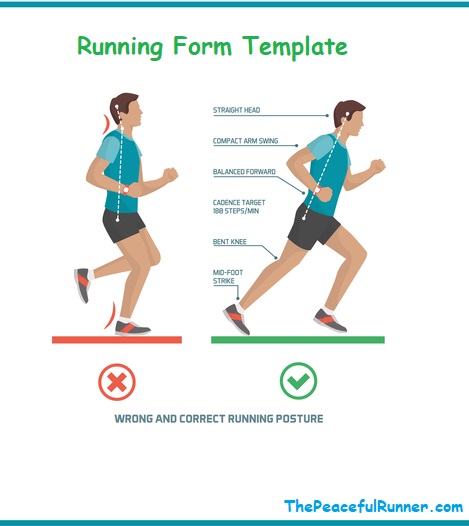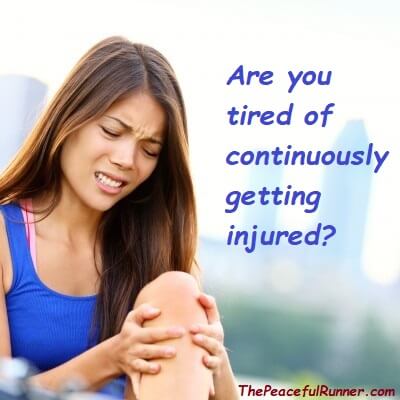- Home
- Prevent Injuries
- How to Use a Foam Roller
How to Use a Foam Roller
FTC Disclosure: As an Amazon Associate, I earn from qualifying purchases. Learn more
Learning how to use a foam roller can feel a little intimidating at first, but with consistent use, it just might become your favorite post-run ritual. If you're a runner, chances are you’ve battled sore muscles—tight calves, aching quads, or that deep, lingering tension in your hamstrings. Whether you’re training for a 10K or just getting in your daily miles, one thing is certain: recovery is every bit as important as the run itself. And one of the most effective, affordable tools to support that recovery? The humble foam roller.
Foam rolling, also known as self-myofascial release, is a method of using your body weight to apply pressure to tight, overworked muscles. Think of it as a self-massage that targets the fascia, the connective tissue that surrounds and supports your muscles. For runners, it’s more than just a feel-good stretch—it can be a powerful ally in boosting recovery, preventing injury, and improving performance.
Links in This Article....
- Benefits of Foam Rolling
- How to Use a Foam Roller
- What Type of Foam Roller Should You Purchase?
- Foam Roller Workouts
- Need to Strengthen Your Core and Back?
Benefits of Foam Rolling
If you struggle with tight IT bands, quads, calves, hip flexors, glutes, or hamstrings, a foam roller can offer much-needed relief. It helps release built-up tension, ease sore muscles, and restore mobility by gently working out tight spots and knots. This simple tool encourages your muscles and connective tissues to relax and lengthen, which can make a noticeable difference in how your body feels during and after a run.
Foam rolling also plays a key role in injury prevention. By breaking up adhesions in the fascia and smoothing out trigger points, it helps maintain healthy movement patterns and reduces the risk of common running-related injuries.
Once you become familiar with how to use a foam roller, it becomes more than just a recovery tool—it’s a way to stay limber, loose, and flexible. It also boosts blood flow and circulation to your soft tissues, helping deliver nutrients to tired muscles and clear out waste products. And beyond the physical benefits, foam rolling can even help release everyday stress stored in your body, leaving you feeling both relaxed and recharged.
How to Use a Foam Roller
If you’re new to foam rolling, start slowly. Focus on large muscle groups like the quads, hamstrings, calves, and glutes. Roll gently over sore areas for 30–60 seconds, and breathe deeply to help your body relax. It might feel uncomfortable at first, but never push through sharp pain. With regular use, it becomes more effective—and more comfortable.
When using a foam roller on tight or sore muscles, expect some discomfort—similar to what you might feel during a deep tissue massage. It should be intense enough to feel effective, but never unbearable. The goal is to feel better afterward, not more sore.
To get started, lie on the floor with your foam roller beside you. Choose a specific muscle group to target, such as your hamstrings or calves, and position the roller underneath that area. Using your body weight, slowly roll back and forth, applying gentle pressure. Keep your body as relaxed as possible to allow the muscle to release tension.
If you hit a particularly tight or tender spot, pause and hold that position for a few seconds. You can maintain or lighten the pressure based on your comfort level. You should begin to feel the muscle gradually relax. If the direct pressure is too painful, try rolling the surrounding muscles first—this can help ease the area indirectly until it’s ready for more focused attention.
When you’re finished, your muscles should feel more open and relaxed, not overly sore. Avoid overdoing it, and make sure to drink plenty of water afterward to help flush out toxins and aid recovery. It’s best to give the same muscle group a day or two of rest before foam rolling it again.
Take a look at the video below—it focuses on key muscle groups that are often tight in runners, including the quads, IT band, adductors, and glutes. Learning how to use a foam roller properly can make a big difference in your recovery, flexibility, and overall performance.

What Type of Foam Roller Should You Purchase?
With so many styles and types of foam rollers on the market today, it’s easy to feel overwhelmed by the options. To simplify your search, focus on two key factors: density and length.
If you're looking for a deeper, more intense massage, choose a firmer roller made with high-density foam. These are ideal for breaking up tight knots and providing a strong, targeted release. On the other hand, if you prefer a gentler experience or are new to foam rolling, a softer, lower-density roller may be a better fit, offering more comfort while still helping your muscles recover.
Length is another important consideration, especially if you plan to travel with your roller. Longer rollers are great for full-body use and stability during at-home sessions, while shorter ones are compact and travel-friendly—perfect for keeping up your recovery routine on the go.
RumbleRoller manipulates soft tissue like a Massage Therapist. The surface contains specially designed bumps that are firm, but flexible, much like the thumbs of a massage therapist. As you roll over the top of the RumbleRoller, the bumps continuously knead the contours of your body, gently stretching soft tissue (muscle and fascia) in multiple directions. This action erodes trigger points, helps restore flexibility, and brings quick relief to common types of muscular pain.
Trigger Point The Grid Foam Roller stands out with its smart design—it’s firm on the inside for support and softer on the outside for comfort. Its textured surface is specially designed to promote healthy blood flow while you roll, helping muscles recover faster and feel more relaxed.
What makes this roller unique is its 3D pattern, which mimics the feel of a massage therapist’s hands. It helps target sore spots more precisely, making it easier to release tight muscles and improve flexibility.
Built with a hollow core and durable EVA foam, it’s tough enough to handle daily use without wearing out. Plus, it uses less foam than traditional rollers, making it a more eco-friendly option. Lightweight and compact, it’s easy to take with you on the go—and most versions even come with a warranty for added peace of mind.
Premium Eva Foam Roller 36 x 6 Round is long lasting and firm with a soft feel. It will provide lots of pressure and lasts longer than open cell foam rollers.
EVA foam rollers are constructed from high quality EVA closed cell foam resulting in a roller that feels soft to the skin while still providing excellent support. Designed for heavy use these rollers will maintain their shape and firmness longer than open cell and non EVA rollers.
Foam Roller Workouts
Muscle Therapy Foam Roller DVD - Learn how to use a foam roller in this 15-minute workout with famed fitness instructor James D'Silva. The gentle massaging and stretching isolates and works every muscle, elongating and aligning the skeletal system. The simple, restorative routine helps increase range of motion, relax muscles, release tension, and restore soft tissue.
Inspired by the principles of the Feldenkrais Method, the SmartRoller Guide To Optimal Movement Set offers a series of unique, mindful exercises designed to improve strength, balance, coordination, and posture. These non-traditional movements focus on precision and body awareness, helping you move with greater ease and efficiency.
By tuning into how your body moves and letting go of unhelpful habits, you’ll tap into the powerful connection between mindful movement and neuroscience—unlocking lasting improvements in how you feel and function.
Please note: the SmartRoller is not included with the set but can be purchased separately.
OPTP SmartRoller is durable and resilient and is one of the most versatile foam rollers available. While its rounder side increases roller movement, its flatter side decreases movement. With the flatter side down, it can be sat on and stood on for balance related movements, while placing the rounder side down provides a more challenging, dynamic workout.
Need to Strengthen Your Core and Back?
Check out the following Strong Core and Back Kit....
The Gaiam Restore Strong Core and Back Care Massage Kit includes two 10-minute works and bonus abs workout. Strengthen your core and develop a strong, healthy back. Ideal for travel and home gym use.
Foam rollers are an inexpensive, portable, and effective way to give yourself a self-myofascial release or self-massage at a place and time that's convenient for you. Incorporate foam rolling into your running routine two to three times a week, and you’ll likely notice looser muscles, faster recovery, and stronger runs.
Your body works hard for you—take five minutes to return the favor and quickly enjoy the many benefits of a deep tissue massage. Foam rolling might just become your favorite post-run ritual.
Back to top of How to Use a Foam Roller
Return to How to Prevent Running Injuries
- Home
- Prevent Injuries
- How to Use a Foam Roller
FTC Disclosure: As an Amazon Associate, I earn from qualifying purchases. Learn more
NEW FEATURE - DISQUS COMMENTS!
Login using Facebook, Twitter, Google or Disqus.
Recent Articles
-
Winter Running Tips and the Best Waterproof Running Shoes
Nov 15, 25 01:55 PM
-
When the Music Stops, Awareness Begins
Nov 05, 25 10:54 AM
-
Get yours in time for gift giving!
Oct 24, 25 12:32 PM
-
Change How You Deal with Running Pain
Oct 10, 25 08:53 AM
-
Surprising Benefits of Backwards Running
Sep 15, 25 12:40 PM
-
It's an Awesome Product!
Aug 28, 25 09:25 AM
I went out for a walk this morning and I used the #PRPocket for the first time. I had to check at least 3 times because I thought I lost my phone (iPhone -
Running in Hot Weather: What Every Runner Needs to Know!
Aug 14, 25 01:00 PM
-
Sick of Dieting? You’re Not Alone — And There Is a Better Way.
Jul 30, 25 12:18 PM
-
Tips and Drills to Improve Your Running Cadence
Jul 25, 25 12:52 PM
-
Give Yourself a Self-Myofascial Release at Home with a Foam Roller!
Jun 28, 25 07:19 AM

